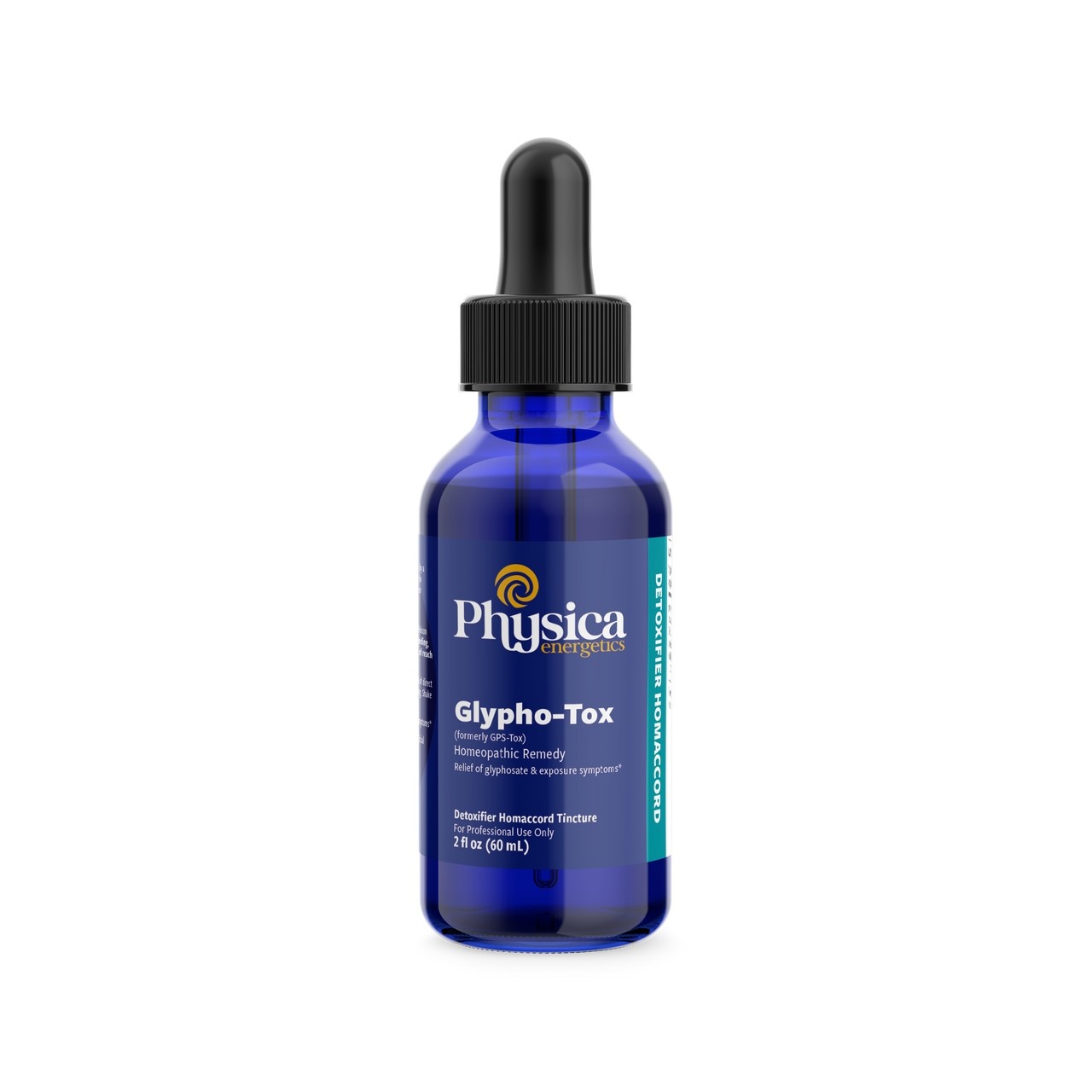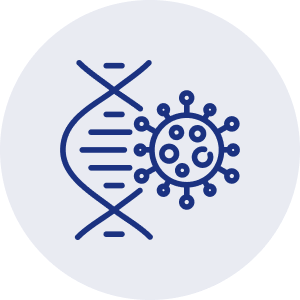Allergies, Histamine, Mast Cells and how to support your patient

Allergies, Histamine, and Mast Cells
Allergies of various expressions are not pleasant to experience. Food allergies, seasonal allergies, mold sensitivity, migraines, rashes, itching, and the more unusual histamine-related symptoms like brain fog, IBS, diarrhea, constipation, indigestion, racing heart, palpitations, chest pain, dizziness, tiredness, anxiety, irritability, and depression. For women, irregular menstrual cycles and painful cramping. During perimenopause and menopause, alcohol intolerance, migraines, and generally overactive immune reaction as some of the symptoms that bring your patients to you, desperate for relief.
The discomfort of itchy and watery eyes, a stuffed-up nose, and sneezing is seen more in spring as new growth happens in nature, buds, and flowers pop, and pollen flies. However, a whole host of symptoms can be linked to histamine imbalance, as mentioned above, and likely don’t hit the mark with over-the-counter antihistamine medication. Plus, patients would need to take it all season or year-round. Research has discussed the long-term use of antihistamines contributing to worsening allergy symptoms, year over year, and more severe issues like dementia, Alzheimer's, and Parkinson’s.
Open the case; what is underlying?
Patients come to your office more likely to try to solve the underlying issues rather than band-aid them. Even those who don’t realize that their symptoms can fall into the Mast Cell Activation Syndrome (MCAS) diagnosis will be thrilled as you introduce them to this after hearing Dr. Davis Brockenshire speak about it in the EAT THIS with Lianne podcast shared below.
Histamine can be out of balance in the body through overproduction, ingestion, or compromised ability to clear and detoxify it. The greatest hits that may be underlying issues to look for include stress, gut issues, microbiome imbalance, a lack of methylation support, compromised detoxification with the liver and kidneys needing help, and exposure to mold, pesticides, and glyphosate.
Diet and histamine
Analyzing the diet for high histamine foods is also recommended. Even healthy foods, like eggs, avocado, and fermented foods, can exacerbate symptoms and are a simpler short-term change that could offer some relief.
Here are some high-histamine foods, listed from highest to lowest:
Fermented foods: Sauerkraut, kimchi, kombucha, kefir, Miso, soy sauce, and tempeh are high in histamine because histamine-producing bacteria are involved in the fermentation process.
Aged cheeses: Parmesan, blue cheese, cheddar, and other aged cheeses contain high levels of histamine because histamine is produced as the cheese ages.
Smoked or cured meats: Bacon, sausage, salami, and other smoked or cured meats contain high levels of histamine because the smoking and curing processes produce histamine.
Shellfish: Shellfish such as shrimp, crab, and lobster are high in histamine because they contain histidine, which can be converted to histamine in the body if the shellfish is not fresh.
Alcoholic beverages: Wine, beer, and champagne contain histamine because histamine is produced during fermentation.
Dried fruits: Raisins, prunes, figs, and other dried fruits are high in histamine because they are often stored for long periods, which can cause histamine to accumulate.
Leftovers: As food sits in the fridge for a few days, they start to produce histamine, similar to fermented foods, and can be a trigger for sensitive individuals.
Diet Recommendations
The key is to find the worse offending foods and remove them for a period of time while the terrain resets, the gut and microbiome are supported and the overall load eases. All these foods are not necessarily on the do-not-eat list forever. Listen to Dr. B discuss further on the EAT THIS with Lianne podcast, episode 157 (links below).


























